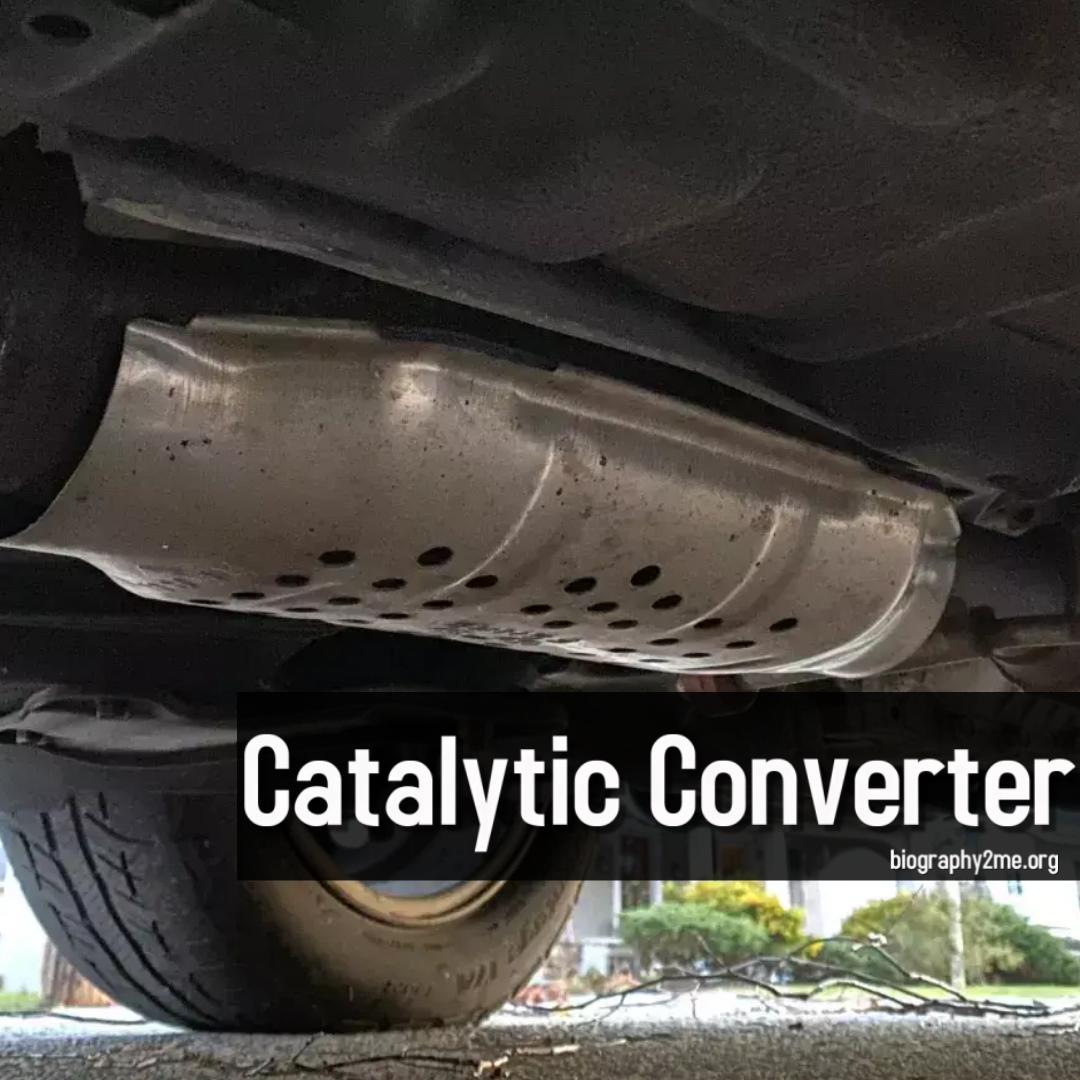Last Updated on September 30, 2023 by
Catalytic converter theft ring is a growing problem in many countries. Recently, the Bucks County, Pennsylvania District Attorney’s Office announced the arrest of 11 individuals who were allegedly connected to a catalytic converter theft ring. The business was paying a minimum of $10,000 a night to thieves selling stolen catalytic converters for a total of nearly $8.2 million over the last three years.
Nationwide, catalytic converter thefts have exploded since the pandemic began. Authorities have made arrests in massive catalytic converter theft rings and have announced charges against 21 people accused of running a nationwide catalytic converter theft ring from California to New Jersey. The assess of the car parts operation was huge Officials aforesaid they will seek $545 million in forfeitures of cash, luxury cars, and real estate.
We need better laws and policies to deter thieves such as requiring a valid driver’s license when selling cats, requiring manufacturers to imprint serial numbers all over the cat, using alternative materials for cats, harsher punishment for thieves, etc.
Table of Contents
What is a Catalytic converter?
Types of Catalytic converter
Catalytic converters are emissions control devices that are commonly used in the exhaust systems of vehicles to reduce harmful emissions. There are three main types of catalytic converters:
- Two-way catalytic converter: This type of converter is designed to reduce two types of pollutants: nitrogen oxides (NOx) and carbon monoxide (CO). It contains two catalysts: one that helps convert NOx into nitrogen and oxygen, and another that converts CO into carbon dioxide (CO2).
- Three-way catalytic converter: Three-way catalytic converters are the most commonly used type in modern vehicles. They are designed to reduce three types of pollutants: nitrogen oxides (NOx), carbon monoxide (CO), and unburned hydrocarbons (HC). They contain three different catalysts: a reduction catalyst that converts NOx into nitrogen and oxygen, an oxidation catalyst that converts CO into CO2, and a hydrocarbon trap or adsorber that captures and converts unburned hydrocarbons.
- Diesel oxidation catalyst (DOC): Diesel vehicles have specific emissions requirements due to their different combustion process. Diesel oxidation catalysts are designed to reduce carbon monoxide (CO) and unburned hydrocarbons (HC) in diesel engine exhaust. They contain catalysts that facilitate the oxidation of these pollutants into less harmful substances like CO2 and water vapor.
Catalytic converter Theft
Catalytic converter theft ring has regrettably become a prevailing crime in many parts of the world, including the United States of America (USA) and the United Kingdom (UK). Catalytic converters are aimed at due to the valuables metals they hold, such as platinum, palladium, and rhodium, which can be traded for a high price in the black market.
Catalytic converters are component part of a vehicle’s exhaust system and are projected to abbreviate harmful emissions. Thieves often aim for vehicles with high ground clearance, such as trucks and SUVs, as the converters are more comfortable to access. The theft usually involves abbreviating the converter from the exhaust system using machines, which can be done comparatively very fast.
Protecting Catalytic converter Theft
To protect your vehicle or cars from catalytic converter theft, here are some precautional measures you can take:
- Park in well-lit and secure areas: pick out parking spaces that are well-lit and in busy and engaged areas. Catalyst converter Thieves are more doubtful to attempt theft in such positions or locations.
- Use a garage or secure parking lot: whensoever possible, park your vehicle in a sure and secure garage or a parking area with lot surveillance cameras and security personnel.
- Establish a catalytic converter lock or shield: several aftermarket products, such as catalytic converter locks or shields, are available that make it more harder for catalytic converter thieves to get at and remove the converter.
- Engrave your vehicle identification number (VIN) on the converter: engraving your Vehicle Identification Number (VIN) onto the catalytic converter makes it trackable andless tempting to thieves.
- Set up motion-activated lights or alarms: Motion-activated lights or alarms can galvanize potential thieves and draw aid to their activities.
- Deliberate a vehicle security system: Setting Up a comprehensive examination vehicle security system with an alarm, immobilizer, or GPS tracking can deter theft and help in recovery if the theft does occur.
- Be vigilant and report suspicious activity: If you notice individuals acting acknowledge around vehicles or attempting to remove a catalytic converter, immediately report it to the local authorities or security agencies.
Remember, prevention is a fundamental key when it comes to catalytic converter theft ring. By taking these cautions and cares, you can abbreviate the likelihood of falling victim to this crime.
FAQ Catalytic converter Theft Ring from Reddit
I am actually a concealed carry and carry almost exclusively all the time. However, I was working remotely in my office and knew catalytic converters are stolen in less than 3 minutes. So in the spur of the moment, ran out and tried to film the guy as he was leaving. That is when he stopped and pulled the gun on me. I ducked and scrambled to the rear of the vehicle and back to my house. The thief’s car ended up having no plates front and back and stacked the area the day before based on security footage. Guy also had a mask on.
Would it make a difference if I had a gun? Possibly. But what legal problems would I have to endure for a $1-2k cat that wasn’t even mine but rather my neighbor’s? Is it worth going through the courts for months, losing time from work, paying legal fees, stress, etc even if I am in the right? Probably not.
So, would I do anything different? Probably not go outside and just let the neighbor know he got his cat stolen. Any use of force or trying to block the guy from leaving the neighborhood would probably make me guilty of a crime. Is that worth it? I have thought about using a paintball gun but again, if the thief gets hurt… I am criminally liable.


